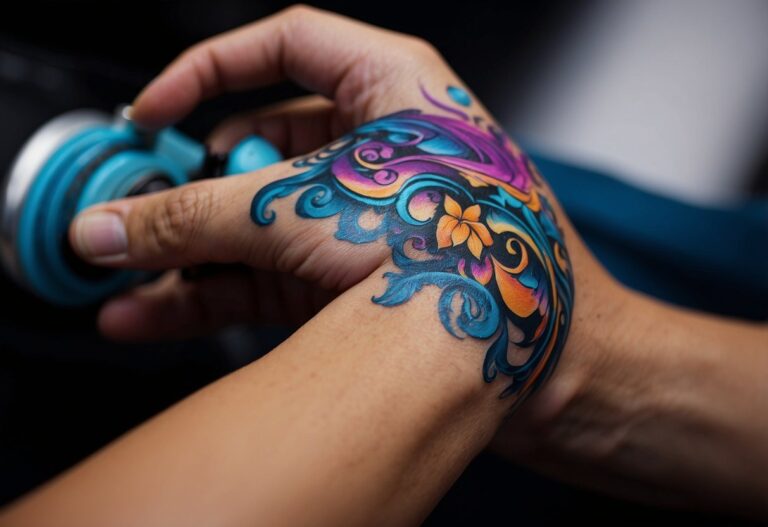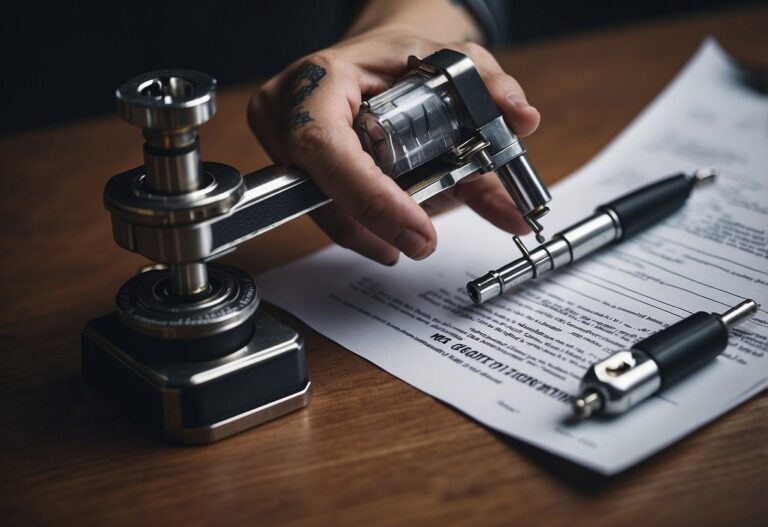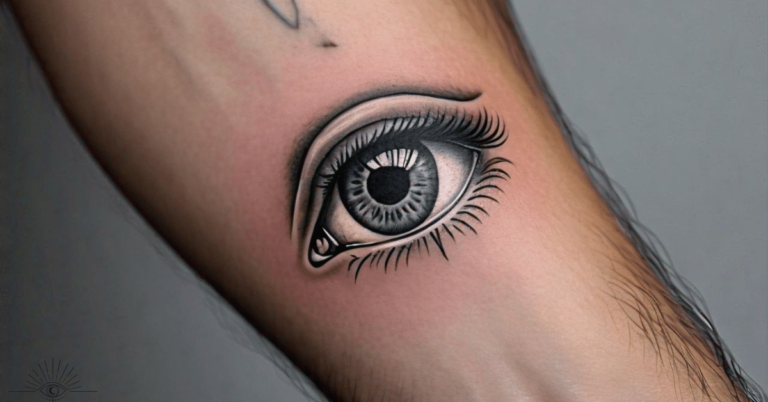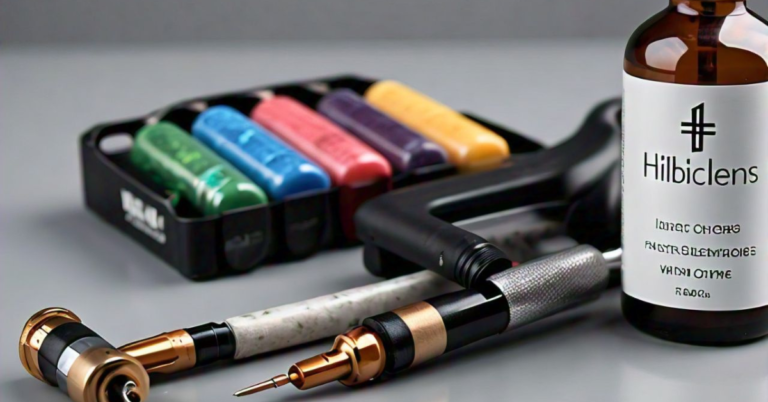Can You Tattoo Over Spider Veins? Here’s What You Need to Know
Ever wondered if you can get a tattoo over spider veins? You’re not alone! Many people with spider veins consider tattoos as a creative way to cover them up. So, can it be done? Tattooing over spider veins is not recommended because it won’t treat the veins and can even worsen their appearance.
People are often curious about the safety of getting inked over these veins. Tattoos might seem like a quick fix, but there’s more to think about, especially with potential risks like infection, scarring, and discomfort. Imagine getting that beautiful design only to see it distorted over time due to your veins!
Are you ready to dive into the details? Let’s explore the potential complications and alternatives to tattooing over spider veins. By the end of this article, you’ll be equipped with all the information you need to make an informed decision.
Key Takeaways
- Tattooing over spider veins is not recommended.
- Spider veins can distort the appearance and increase risk of complications.
- Consider alternative treatments for vein health and concealing options.
Understanding Spider Veins and Tattooing
Spider veins are small, damaged blood vessels that appear on the surface of the skin. Tattooing over them can have some pros and cons that you should consider before making a decision.
What Are Spider Veins?
Spider veins are tiny, twisted blood vessels that can be red, blue, or purple. They often look like a web or a branching tree. These veins are usually found on the legs or face and are more common in women than men.
Spider veins are caused by damaged or weakened valves in the veins. When these valves don’t work correctly, blood gets backed up, causing the veins to swell and become visible. While they aren’t usually painful, they can be a cosmetic concern for many people.
Tattooing Over Spider Veins: Pros and Cons
Pros:
- Cover-up: Tattoos can conceal the appearance of spider veins, making the skin look more even.
- Personal Expression: You get to express yourself through body art, which can be especially meaningful if the veins make you self-conscious.
Cons:
- Health Risks: Tattooing over damaged blood vessels may worsen the condition. It can make treatment more difficult and, in rare cases, affect overall health.
- Pain and Complications: Tattooing over sensitive or already damaged skin might be more painful. There is also a higher risk for infection.
- Consultation Required: It’s essential to consult with both a tattoo artist and a medical professional like a vein specialist or dermatologist. They can provide the best advice based on your particular situation.
Before making a decision, weigh these factors carefully and seek expert opinions. This can help ensure that both your health and your new tattoo remain in the best possible shape.
Safety and Aftercare
Tattooing over spider veins can come with specific risks and challenges. Proper aftercare is essential to mitigate complications and promote healing. Here’s what you need to know.
Potential Risks and Complications
Tattooing over spider veins can lead to several issues. Since spider veins are close to the surface, the pain may be more intense than usual. There’s also a risk of infection due to the weakened skin and veins.
Swelling and bruising are common after getting a tattoo, but these can be more severe when spider veins are involved. Moreover, blood clots could form if the veins are punctured, leading to more serious health concerns.
- Pain
- Infection
- Swelling
- Bruising
- Blood clot risks
Ensuring you consult a professional and experienced tattoo artist can significantly reduce these risks.
Aftercare Guidelines
After getting a tattoo over spider veins, good aftercare is vital. Clean the tattoo with mild soap and warm water, then pat it dry. Apply a thin layer of antibacterial ointment, as recommended by your tattoo artist.
Avoid sun exposure and swimming in pools or hot tubs during the initial recovery time. Wearing loose clothing can help avoid further irritation around the tattooed area.
You might also need to:
- Use cold compresses to reduce swelling
- Keep the tattoo moisturized
- Avoid picking or scratching the tattooed skin
Follow these steps to help avoid infections and promote quick and safe healing.
When to Seek Professional Advice
It’s crucial to know when to seek medical attention. If you notice unusual swelling, redness, excessive pain, or pus, it could indicate an infection.
Persistent pain or unusual reactions around the tattoo site, such as excessive warmth or red streaks, are reasons to consult a healthcare provider. They can offer treatment and ensure no further complications arise.
- Signs of infection
- Unusual pain or swelling
- Red streaks or pus
Always better to be safe and check with a professional if you’re unsure about any symptoms.







